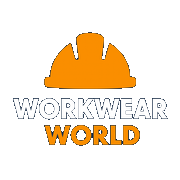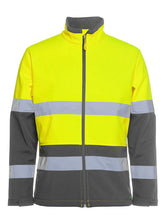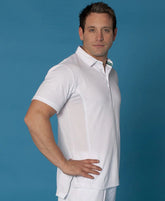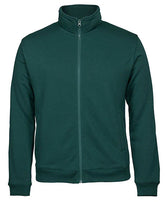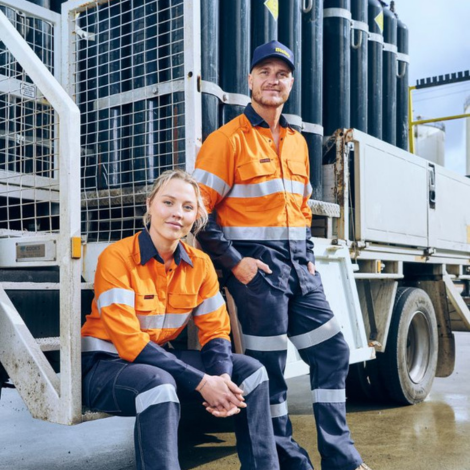The Evolution of Workwear Pants
The Evolution of Workwear Pants: From Tough Canvas to Modern Performance Fabrics
Work pants have come a long way from their simple, rugged beginnings. What started as basic protection against the elements has transformed into a sophisticated blend of durability, comfort, and advanced technology. This journey mirrors the evolution of work itself, reflecting changes in industries, safety standards, and our understanding of ergonomics. Let's explore how workwear pants have evolved from tough canvas to the high-performance garments we see today.
The Dawn of Durable Workwear: The Canvas Era
The story of modern work pants begins in the 19th century with the rise of industrial labor. Workers in mines, factories, and on railroads needed clothing that could withstand extreme conditions. The answer was heavy-duty canvas, particularly cotton duck. This tightly woven fabric was exceptionally strong, resistant to snags and tears, and provided a formidable barrier against dirt and debris.
Early designs prioritized function over everything else. The fit was often loose and baggy to allow for a full range of motion. Pockets were large and utilitarian, designed to hold tools and personal items. These garments were built to last, often outliving several owners. This era established the core purpose of workwear: to protect the worker and endure the rigors of the job.
The Rise of Denim and Added Functionality
As the 20th century progressed, another rugged fabric entered the workwear scene: denim. Originally used for miners' trousers, denim offered a slightly more comfortable alternative to stiff canvas while still providing excellent durability. The introduction of rivets to reinforce stress points on pockets and seams was a game-changing innovation that extended the life of these pants even further.
During this period, we saw the first real steps toward specialized designs. Features like hammer loops, double-knee reinforcements, and additional utility pockets became common. This shift marked a move from a one-size-fits-all approach to creating pants tailored for specific trades. Whether for a carpenter needing tool access or a mechanic requiring reinforced knees, work pants started to become more job-specific. Both men's work pants and, eventually, women's work pants began to adopt these functional improvements, although styles for women often lagged behind in terms of variety and fit.
The Comfort Revolution: Blending Cotton and Synthetics
By the mid-to-late 20th century, workers and employers began placing a greater emphasis on comfort and safety. The realization that comfortable workers are more productive and less prone to fatigue-related accidents sparked a new wave of innovation. Manufacturers started blending traditional cotton with synthetic fibers like polyester.
This cotton-poly blend offered the best of both worlds. The cotton provided breathability and a soft feel, while the polyester added strength, wrinkle resistance, and color retention. These blended fabrics were lighter than pure canvas or denim, making them more comfortable for all-day wear. This era also saw improvements in fit and style, with options like classic black work pants becoming a staple for their professional look and ability to hide stains.
The Modern Age: Performance Fabrics and Technical Design
Today, we are in the golden age of workwear innovation. The focus has shifted to performance fabrics that leverage cutting-edge textile technology. These modern materials are engineered to provide specific benefits, creating workwear that is smarter, safer, and more comfortable than ever before.
Key advancements include:
- Stretch Technology: The integration of elastane or spandex into fabric blends allows for unprecedented freedom of movement. Modern work pants stretch and flex with the body, reducing restriction and improving comfort, especially for jobs that require bending, kneeling, or climbing. Brands like FXD work pants are well-known for their focus on flexible, ergonomic designs.
- Moisture-Wicking Properties: Inspired by athletic apparel, many work pants now feature fabrics that pull sweat away from the skin and allow it to evaporate quickly. This keeps workers dry and comfortable in hot conditions or during intense physical labor.
- Enhanced Durability: While still durable, modern fabrics achieve their strength through advanced engineering rather than sheer weight. Ripstop weaves, which incorporate a grid of thicker threads, prevent small tears from spreading. High-tenacity nylon reinforcements in high-wear areas like knees and pocket edges add strength without adding bulk.
- Weather Resistance: Many contemporary work pants are treated with a Durable Water Repellent (DWR) finish, causing water to bead up and roll off. This provides protection from light rain and spills without sacrificing breathability.
Leading brands have embraced these technologies. Well-respected names like Bisley work pants, Jb's work pants, and DNC work pants offer extensive ranges that incorporate these modern features, providing options for nearly any profession. The evolution has led to a wide array of specialized garments, which can make it challenging to pick the best option. To help, you can consult a Guide to Choose the Right Pair of Work Pants to navigate the choices.
Choosing the Right Pants for the Job
With so many options available, understanding the different Types of Work Pants is crucial. The material, features, and fit should align with the demands of your job. For instance, an electrician may prioritize lightweight, non-conductive materials, while a construction worker will need maximum durability and reinforcement.
Finding the Right Workwear Pants for Your Industry ensures you have the proper balance of protection, comfort, and functionality. Consider the environment you work in, the physical tasks you perform, and any specific safety requirements.
Conclusion
The evolution of workwear pants is a testament to human ingenuity and our continuous drive to improve the tools of our trade. From the unyielding canvas of the industrial revolution to the intelligent, responsive fabrics of today, these essential garments have been constantly refined. The modern work pant is more than just clothing; it is a piece of equipment designed to enhance performance, ensure safety, and provide comfort through the longest and toughest of days. As technology continues to advance, we can only expect workwear to become even more specialized and impressive.
